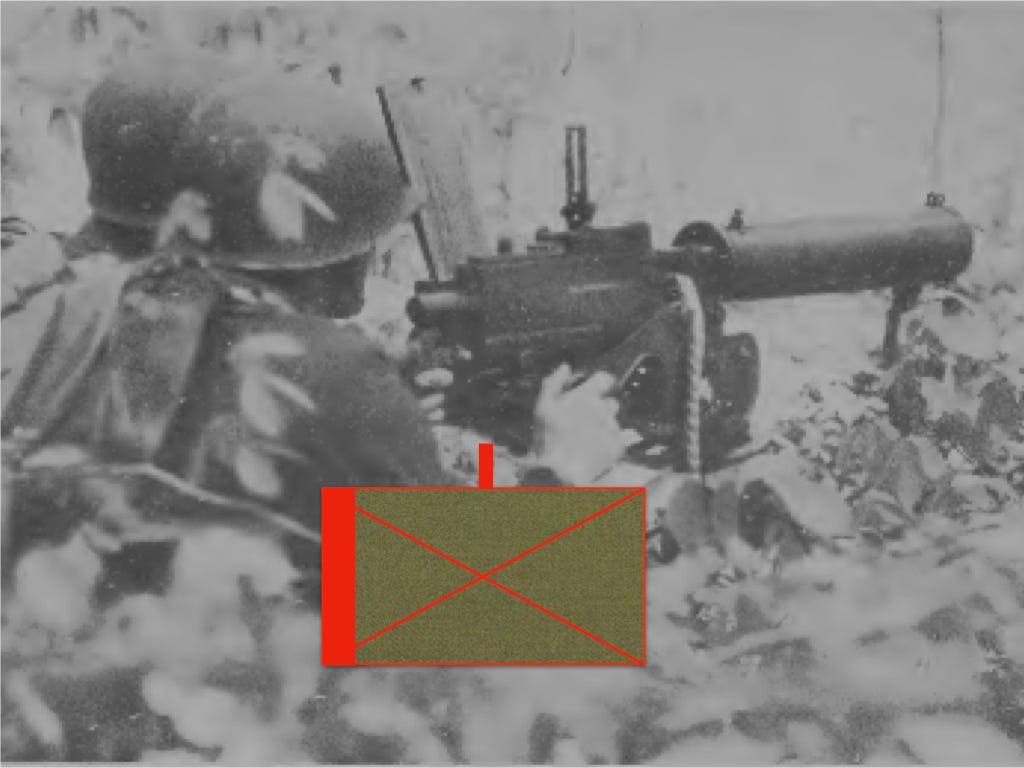The Marine Infantry Battalion Weapons Company of 1943
Battalion: An Organizational Study of United States Infantry
The estate of the late John Sayen has graciously given the Tactical Notebook permission to serialize Battalion: An Organizational Study of United States Infantry. Guides to portions of this book already published in this newsletter can be found at The Gateway.
When reduced to a NATO-style organigram, the establishment for the battalion weapons companies of infantry battalions approved on 15 April 1943, differed little from its predecessor. Indeed, the only visible difference between the old weapons company and its successor concerned the anti-aircraft/anti-tank platoon. Where the D-Series unit rated an anti-aircraft/anti-tank platoon, its E-Series counterpart did not. The other building blocks of the infantry battalion weapons company - a substantial headquarters, an 81mm mortar platoon, and three machine gun platoons - stayed the same.
When we use weapon-centric German tactical symbols to depict the two organizations, this small difference disappears. Thus, both the D-Series tables of organization and the E-Series establishments call for a unit armed twelve heavy machine guns, four 81mm mortars, and two dual-purpose guns.
Apart from the two dual-purpose weapons of the anti-aircraft/anti-tank platoons, the distribution of crew-served weapons in the new unit matches that of the old. Closer inspection, however, reveals a great deal of change. However, as this took place within each platoon, making sense of it requires different ways of depicting the organizations in question.
Keep reading with a 7-day free trial
Subscribe to The Tactical Notebook to keep reading this post and get 7 days of free access to the full post archives.






